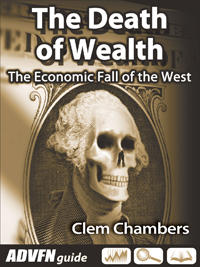The cryptocurrency ecosystem continues to evolve, introducing new instruments and models that reshape how digital assets are used, tracked, and valued. Among the most notable developments in recent times are wrapped and restaked assets—innovations that promise greater utility but also present unique challenges for market transparency and data integrity.

A Growing Technical Challenge
Wrapped assets—tokens that represent another asset on a different blockchain—and restaked assets—tokens that layer staking protocols—have become increasingly prevalent. Examples like stETH, rETH, and rsETH represent variations of Ethereum used across DeFi and staking platforms.
While these assets enhance composability and yield strategies, they also introduce complications for market data aggregators. One of the key issues is redundancy in asset representation. With multiple tokens tied to the same underlying asset, standard ranking systems risk repetition and clutter, making it harder for users to interpret market hierarchies accurately.
Another major concern is double-counting. If both a wrapped token and its underlying asset are counted toward total market capitalization, this could artificially inflate global figures. Given the importance of market cap in signaling potential market cycle peaks—some venture capital analysts cite $10 trillion as a potential ceiling—such inflation can have meaningful consequences for investor sentiment and decision-making.
Why Accurate Market Cap Matters
Market capitalization isn’t just a metric—it’s often viewed as a gauge of where the broader cycle stands. Inaccurate or overstated numbers could create a distorted sense of progress toward a speculative peak. This echoes the Thomas Theorem in sociology: “If people define situations as real, they are real in their consequences.” In the context of crypto, if inflated metrics are accepted as true, market behavior may respond accordingly, potentially leading to premature cycle shifts or misinformed investment strategies.
A Structural Adjustment
To address these concerns, some aggregators are beginning to segregate wrapped and restaked tokens into their own dedicated categories. This change enables clearer rankings, reduces duplication, and helps preserve the accuracy of global market cap data.
In practice, this also means that some assets will no longer appear in the main rankings—such as tokens ranked between #201 and #300—if they fall into the wrapped/restaked classification. This improves the clarity of listings without reducing transparency, as these assets are still available in their own section for specialized tracking.
Looking Forward
The emergence of wrapped and restaked assets is part of a broader trend in crypto’s evolution toward layered financial structures. As innovation continues, data providers, analysts, and investors will need to adapt their models to maintain accurate and meaningful insights into market health and performance.
Maintaining the integrity of core metrics like market capitalization will be essential—not only for day-to-day decision-making but also for understanding long-term market behavior in an increasingly complex digital economy.
Learn from market wizards: Books to take your trading to the next level















